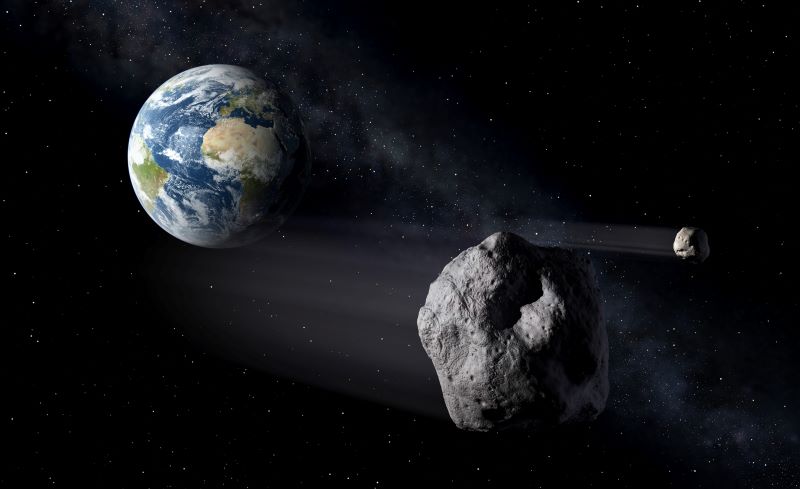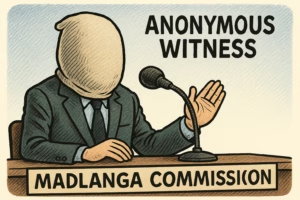This week, two asteroids safely passed by Earth, both of which were large enough to be seen with small telescopes. Interestingly, they were best visible on the same night, June 28. The first, asteroid 2011 UL21, is one of the largest near-Earth asteroids observable in amateur telescopes this year.
Measuring 1.4 miles (2.3 km) wide, it is larger than 99% of known near-Earth objects. On June 27, it passed at a safe distance of 4,122,350 miles (6,634,279 km) from Earth, approximately 17 times the distance from the Earth to the Moon.
The second asteroid, newly discovered 2024 MK, is smaller, with a diameter between 400 and 840 feet (122 and 256 m). It passed closer to Earth than the Moon on June 29.
“No, there is absolutely no danger from any of the asteroids, or from any known space rock so far.”
Asteroid 2011 UL21
Asteroid 2011 UL21 is a substantial space rock, discovered in October 2011 by the Catalina Sky Survey in Tucson, Arizona. This was its closest approach since its discovery. The asteroid passed closest to Earth on June 27 at around 4:16 p.m. EDT (20:16 UTC). Despite this, it will be visible in small telescopes until June 30, appearing brightest on June 28. The asteroid travels at an impressive speed of 57,937 miles per hour (25.9 km per second) relative to Earth, making its motion detectable in telescopes of 6-to-8 inches and larger.
In 65 years, asteroid 2011 UL21 will return even closer to Earth on June 25, 2089.
Asteroid 2024 MK
Asteroid 2024 MK has a different story. Discovered on June 16, 2024, by ATLAS-Sutherland in South Africa, it made its closest approach just a couple of weeks later. It passed Earth at about 77% of the Earth-Moon distance on June 29. Although smaller than 2011 UL21, a rock this size could cause significant damage if it struck Earth. For comparison, the Chelyabinsk meteor that disintegrated over Russia in 2013 was about 1/5 to 1/10 the size of 2024 MK.
Its closest approach was on June 29, 2024, at 9:50 a.m. EDT (13:50 UTC), but it appeared brightest on June 28, the same night as 2011 UL21.
Observers in the U.S., mid-north latitudes, and the Southern Hemisphere could see 2011 UL21 well. However, 2024 MK was best visible to observers in the southern U.S., Central America, the Caribbean, South America, and the Southern Hemisphere due to its low position in the southern sky during its closest approach. By the next night, June 29, it was higher in the sky and still observable in small telescopes, though slightly fainter.
Professional Astronomers Track the Two Asteroids
NASA’s Goldstone radar in California observed asteroid 2011 UL21 from June 26 to July 3, 2024. Scientists have found that about two-thirds of near-Earth asteroids of this size with rotation periods of less than three hours are binary systems. This means there’s a good chance that 2011 UL21 has a companion, or asteroid moon, which might be revealed during this pass. The Minor Planet Center has classified 2011 UL21 as a Potentially Hazardous Asteroid due to its size and proximity to Earth.
Similarly, radar observations for asteroid 2024 MK, also designated as a Potentially Hazardous Asteroid, occurred on June 30, July 1, and July 2.
Overall, this week saw two large asteroids passing Earth safely. They remain observable with a telescope until June 30.

















